
Starting June 1st, 2023 Our warehouse fee will be $0.65/cubic foot per month
In effort to lower the warehouse storage fee during inflation, we have went narrow aisle racking.This construction took us four months but the project is finally completed. With narrow aisle racking, we are able to drop storage by 24%.We as partners will go through this inflation together.
11/21/2023
What is a SKU number? This question is crucial for any business, whether handling 5 or 500 products. SKUs are vital tools that facilitate inventory management, provide insight into inventory levels and sales data, and enhance customer experience. The process of creating and utilizing SKUs varies among brands, and without a clear understanding of their purpose, their implementation can become complex. This article of Worldcraft Logistics delves into the definition of SKU numbers, their discovery and creation process, best practices for managing them, and choosing an effective 3PL partner for efficient overall handling.
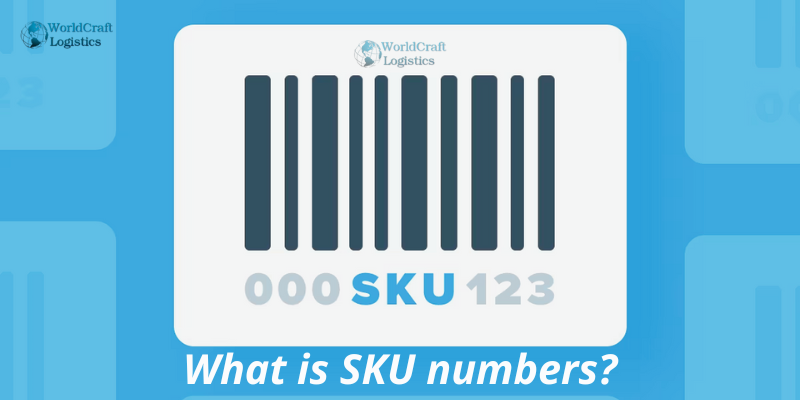
In the retail industry, the term "SKU" or "SKU numbers" an acronym for "stock keeping unit" is frequently mentioned but not always fully understood. It is a unique alphanumeric identifier, generally comprising eight digits, that retailers allocate to individual variants of a product. This system is essential for tracking internal stock quantities. Each variation of a product, whether in color or size, receives a distinct SKU number. This method allows for accurate and efficient inventory management, enabling retailers to quickly identify and monitor stock levels, aiding in restocking decisions and sales analysis.
SKU numbers, a key component in retail, are found in various locations, both visible to customers and used internally. Commonly, SKU numbers appear on a product's packaging, typically positioned above the barcode. Unlike the 12-digit numeric UPC (Universal Product Code) at the bottom, the SKU is an alphanumeric code at the top, distinct from the UPC. Additionally, SKU codes are often found on price tags for items like clothing, frozen foods, toys...

In brick-and-mortar stores, it's not uncommon to see SKU numbers displayed on the shelves where the products are located, rather than on the product itself. This practice aids retail workers in efficiently managing and locating in-store inventory. However, it's important to note that not all products have SKU numbers. If a product lacks an SKU on its packaging or tag, it may not have been assigned one yet or might be listed exclusively online. This flexibility in SKU placement and usage underscores their role in organizing and tracking retail items.

To locate the SKU number for products online, you should start by visiting the product page on the retailer's website. Often, the SKU is included in the product's description or among other details provided there.
It's crucial to understand, though, that the SKU visible to customers might differ from the internal SKU used by the brand. The internal SKU is typically utilized for organizing products in storage and managing restocking processes. This means that while the customer-facing SKU helps in identifying products on the website, the internal SKU serves more logistical and inventory management purposes within the company.
Good terms about inventory management you should learn more about. These will help you before implementing a business plan, transporting and storing goods in the best way.
- What is consignment inventory? Benefits and effective ways
- What is cargo insurance? Should I buy insurance in import and export
SKU numbers are unique identifiers used in e-commerce and retail to manage and track inventory. Here's how they work:
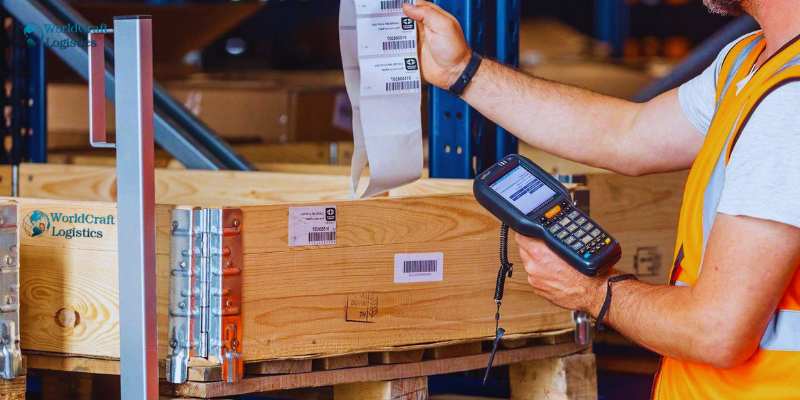
Each SKU is a unique code assigned to a specific product, allowing businesses to track inventory levels, sales, and order fulfillment accurately. Unlike universal product codes (UPCs), which are standardized for the same product across different stores, SKUs are specific to each company.
SKUs typically consist of alphanumeric characters. The structure is often logical and systematic, allowing for easy identification and organization of products. For example, a SKU might include abbreviations for product SKU: type, size, color, and other relevant attributes.
SKUs are essential for inventory management. They help businesses keep track of how many units of each product are available in stock, which items are selling quickly, and when to reorder products.
SKUs enable detailed sales analysis. Retailers can identify trends, popular products, and customer preferences based on SKU data. This information is crucial for decision-making regarding marketing, promotions, and stock levels.

In e-commerce, SKUs are integral to order fulfillment. They help in quickly locating items in a warehouse and ensuring that the correct products are shipped to customers.
Businesses can customize their SKU systems to suit their specific needs and inventory types. This flexibility allows for a high level of detail and organization in product management.
SKU numbers are integrated into point-of-sale (POS) systems and e-commerce platforms, enabling seamless transaction processing and inventory updates.
Having unique SKUs for each product variation (such as size or color) prevents confusion in order processing and inventory management.
In summary, SKU numbers are a powerful tool for managing inventory, analyzing sales, and streamlining operations in e-commerce and retail. Their unique and customizable nature makes them an essential component of modern business operations.

SKU numbers consist of capital letters and numerals and often begin with letters. It is advisable to avoid using zeros as they can be confused with the letter O. Similarly, the number one and the letter I can be easily mistaken for each other. Avoid using special characters in your SKUs. However, you can use hyphens to separate number sets within an SKU, for example, 678-123-654. Each product in your system should have a unique SKU.
Every character in an SKU should have significance. Each letter and number should represent a characteristic of the product that is important to you.
For instance, if you sell two types of shirts - One for the office and one for going out - your SKU numbers might start with 'OF' for shirt the office and 'GO' for shirt going out, reflecting the most significant aspect of each product. The remainder of your SKU can include information like the manufacturer of the glass, its size, and other identifying details. For example, "OF01BLA-S" could the office shirt (size S), color: Black, model 01,...
When creating SKUs, focus on the product attributes that are most important to you and your customers. For clothing, use distinct SKUs for different sizes. For products with printed designs, use the SKU to specify the pattern.
You can manually generate SKUs and maintain them in a spreadsheet. However, if you have a large inventory, you might prefer using a free SKU generator, such as the one provided by BigCommerce, 3Dsellers, Primaseller...
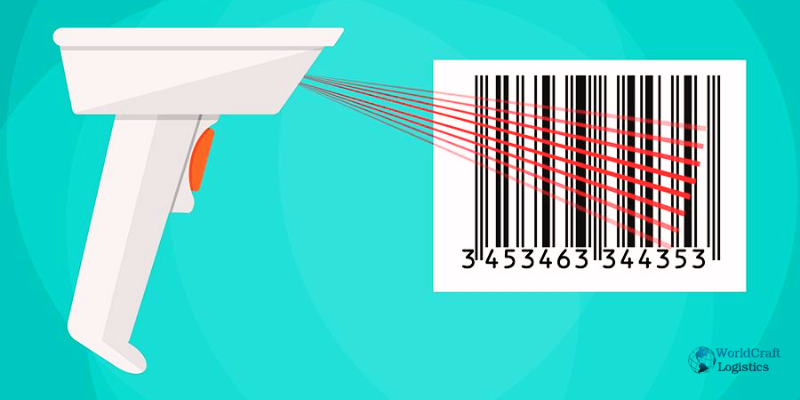
Here are some examples of how SKU numbers might look:
Each retailer or manufacturer can have their own system for creating SKU numbers, so they can vary greatly in format and length.

Creating and managing SKUs can be demanding in terms of time and resources. However, collaborating with a technologically equipped third-party logistics provider like Worldcraft Logistics can streamline this process. This partnership enables businesses to concentrate on their main strengths while saving time.
Worldcraft Logistics offers several advantages for outsourcing inventory storage and order fulfillment:
Real-Time Inventory Viewing: Worldcraft Logistics’s software provides real-time tracking of inventory levels across its fulfillment centers, offering updated data anytime.
Inventory Management and Forecasting: It allows for a more precise understanding of inventory levels and trends, aiding in forecasting demand and making informed supply chain decisions.
Enhanced Customer Satisfaction: Over time, this leads to improved customer satisfaction by reducing stockouts and backorders.
Automatic Reorder Notifications: The software notifies you when inventory reaches the reorder threshold, simplifying SKU tracking and optimizing replenishment timing.
Customizable SKU Packaging: Worldcraft Logistics’s dashboard allows for the customization of packaging and shipping details for each SKU, adapting the packing process to specific product types.
These features collectively streamline SKU management, allowing businesses to function more efficiently and responsively to customer needs.
An SKU number is a unique code that identifies a specific product in inventory management. Here are some frequently asked questions (FAQs) about SKU numbers:
An SKU is specific to a store or company, while a UPC (Universal Product Code) is a standardized barcode used universally across different retailers.
No, each product has a unique SKU to ensure precise tracking and management.
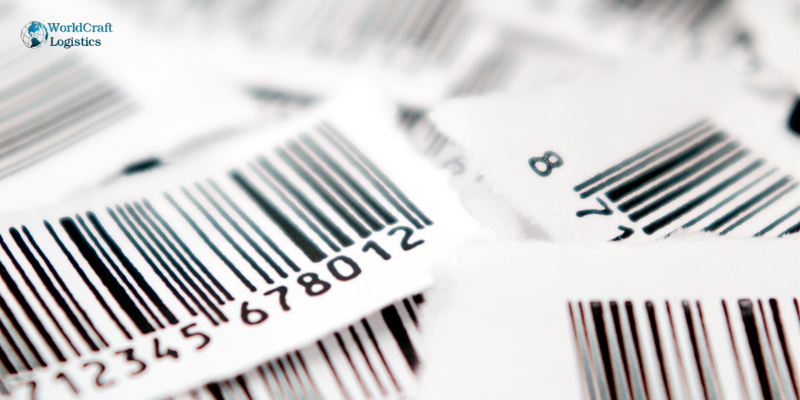
In online retail, SKU numbers help in managing e-commerce inventory, processing orders, and analyzing sales data.
Yes, SKU numbers enable businesses to track sales trends and forecast future demand for specific products.
In conclusion, SKU numbers, as discussed by Worldcraft Logistics, play a pivotal role in efficient inventory management. These unique codes are essential for retailers and businesses in tracking and organizing their product inventory. Worldcraft Logistics emphasizes the importance of SKU numbers in enhancing operational efficiency, from simplifying tracking processes to aiding in accurate demand forecasting and efficient reordering. Understanding and utilizing SKU numbers effectively can be a game changer for businesses aiming for streamlined operations and success.
SEO
Digital Marketing/SEO Specialist
Simon Mang is an SEO and Digital Marketing expert at Wordcraft Logistics. With many years of experience in the field of digital marketing, he has shaped and built strategies to effectively promote Wordcraft Logistics' online presence. With a deep understanding of the logistics industry, I have shared more than 300 specialized articles on many different topics.
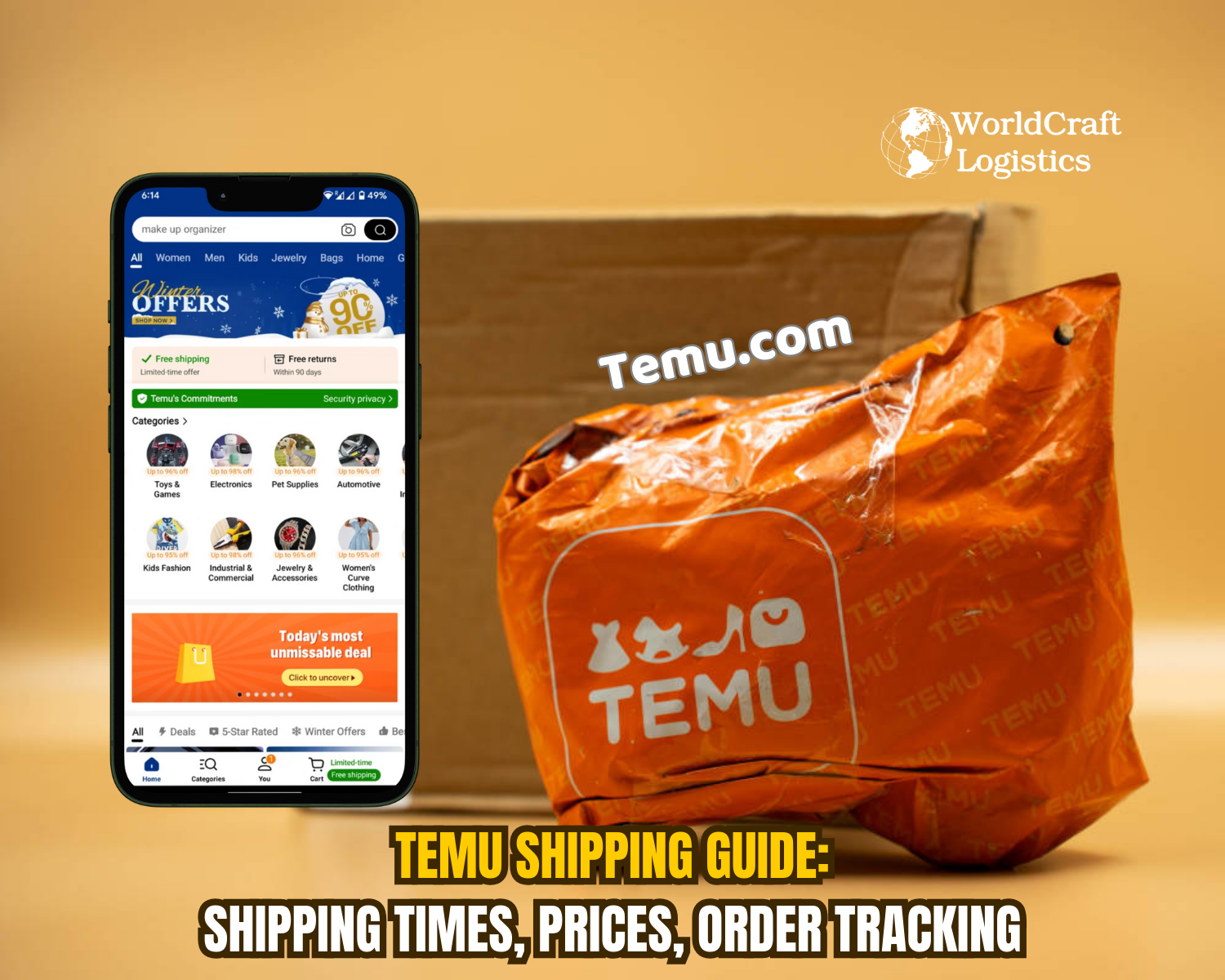
Education
01/05/2025

Education
02/18/2025

Education
01/01/2024

Education
08/28/2024

Education
11/13/2023